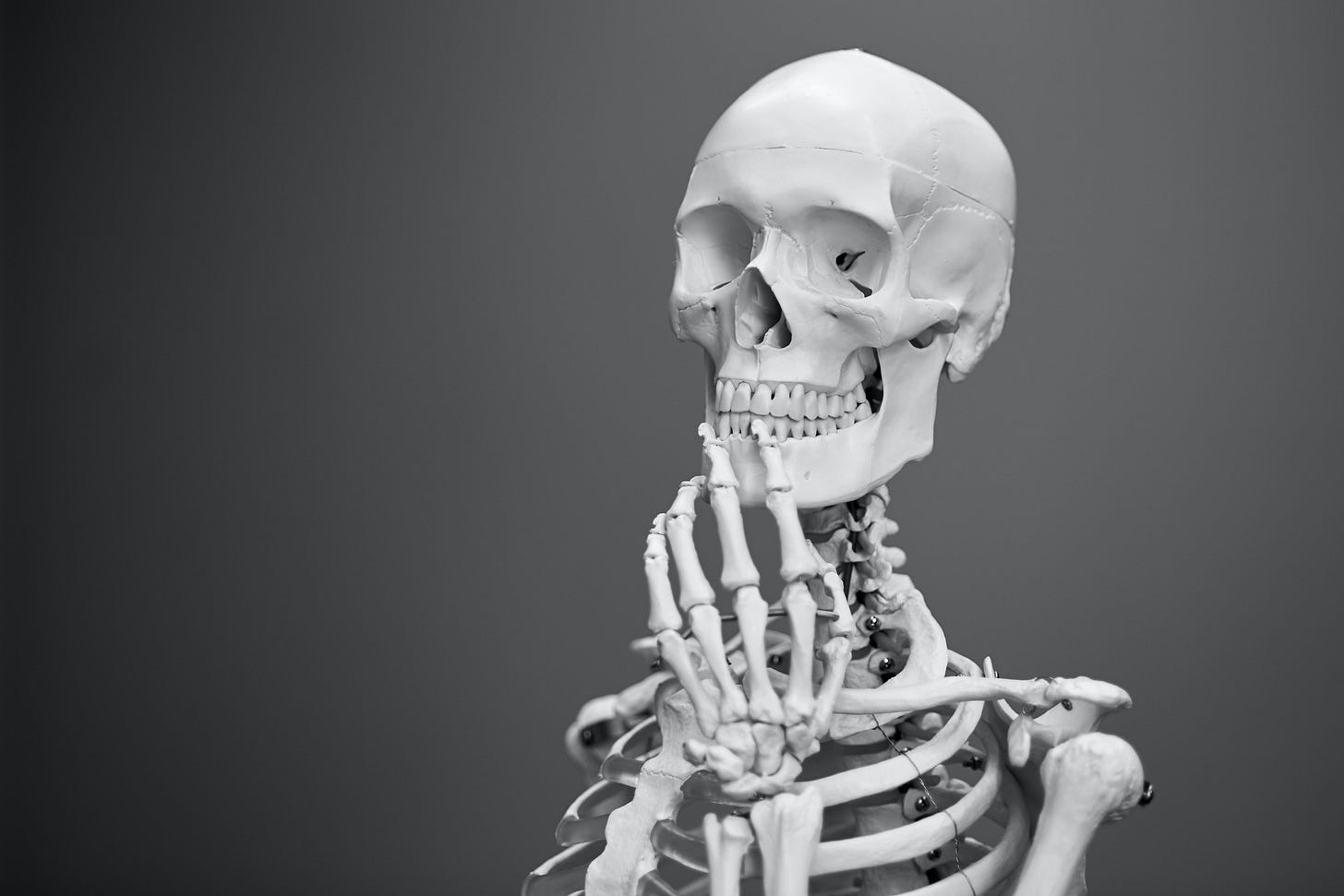Pilates Principle: Precision
Exploring one of the six principles of the Pilates Method, why it’s important to put it into practice, and how we can use it to improve our Pilates.

Just to get it out there, the six (or eight or ten) generally accepted 'Pilates Principles' are an arbitrary list that do not come from Joseph H. Pilates himself but from teachers looking for a way to codify and organise the Pilates Method.
They are in no particular order:
Concentration, Centring, Control, Precision, Flow, and Breath.
When you look at that list you can see there’s a lot of overlap among those concepts but this blog post is going to look at only one, Precision, and why it’s important when you practice your Pilates.
Here are a couple of definitions according to Websters:
Precision: 1. The state or quality of being precise; exactness. & 2. The ability of a measurement to be consistently reproduced.
Hmm, why would it help to be exact in how we perform our Pilates?
Here are some ways I think Precision can help our Pilates practice. (yes, I'm going to bold that word all the way til the end, hehehe)

First up let’s talk about our skeleton:
If we are misaligned, i.e. we are not precise in how our bones stack up when we are building strength, then we can’t help but strengthen into our misalignments leading to an increased risk of injury. That's not good.
If you’ve ever carried a bag on one shoulder, a baby on one hip, kicked a ball with one leg, or written your Grandma a letter with your dominant hand, then you have postural misalignments - it’s a fact of life, it’s a fact of living.
To the best of our ability we want a precisely aligned skeleton, as neutral as is possible for us in what we do (see 'fact of living' above). This will not only to build strength on a best-case-scenario supported structure but will help us find the most efficient way of moving.
This might seem obvious but we want to apply Precision to our movements
I readily admit that there is a nit-picky quality to Pilates that can make you feel like you'll never, ever get an exercise exactly right, believe me I get it. But, moving precisely not only gives us a chance to note how we're moving and what we're using to move, but also where we're initiating the movement from.
Hopefully you've had the experience that by making a small adjustment or tweak to how you're doing or thinking about doing an exercise, makes a big difference to the outcome?
It's the search for these light bulb moments that keeps me exploring the same exercises I've done for over 25 years - there's always a bit more to find.
Yes, we want to move and breathe but the details do matter.
I think this speaks to the second definition of Precision that I mentioned: We want our measured movements to be consistently reproducible.
What if we looked at Precision in relationship to the effort used to accomplish our Pilates?
I don't know about you but, ahem, I've definitely muscled through some exercise(s) in a few of my Pilates sessions. By calibrating my level of effort with the Goldilocks Principle* - not too much, not too little, but just right - I've been able to find more nuance, breath, flow, and ease in the exercise.
Hey, that's a perfect example of what I was yammering about at the top of the page 👆🤓 Breath? Flow? Precision? The Principles overlap!
*the Goldilocks Principle is not one of the six Pilates Principles but it should be, lol.
Lastly I'd like to mention that Precision can apply to our thoughts
Remember that Pilates is considered Mind Body Movement so whatever thoughts we're having while we're practicing Pilates actually do matter.
I'd like to suggest that if we can be precise in our thoughts, trying to quiet our buzzy brains to the best of our ability, we'll be able to get the most out of our Pilates practice whether it's two minutes, ten minutes, or a whole blessed hour.
This is probably the version of Precision that I struggle with the most, how bout you? It's waaaay easier said than done, right?
I'm adding this photo simply because I like it and admire the life or death Precision necessary to pull it off, enjoy.

Thanks for reading and be well, xBec
And also for your enjoyment, check out this Joseph Pilates quote, from Return To Life, his manifesto published in 1945
The information contained above is provided for information purposes only. The contents of this blog are not intended to amount to advice and Rebecca Forde disclaims all liability and responsibility arising from any reliance placed on any of the contents of this post.



